The Profound Climate Implications of Supreme Court’s West Virginia v. EPA Decision
Union of Concerned Scientists
JULY 1, 2022
Because while this decision does still recognize EPA’s authority to regulate greenhouse gas emissions, it simultaneously sharply curtails the agency’s ability to do so. EPA did not revoke EPA’s underlying authority to regulate greenhouse gas emissions under the Clean Air Act. ” Justice Kagan, dissenting.


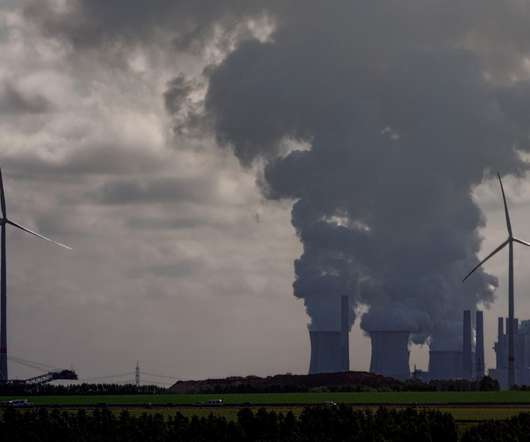
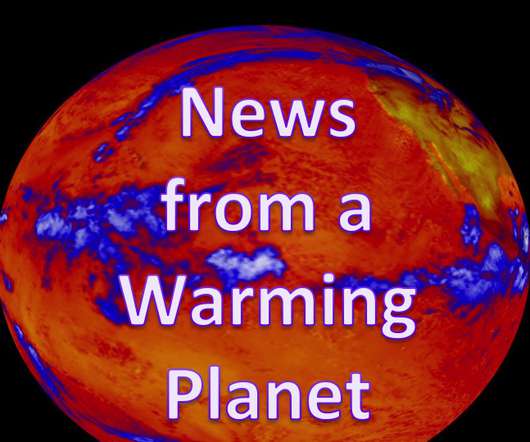


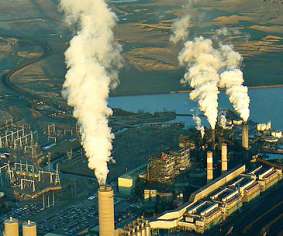
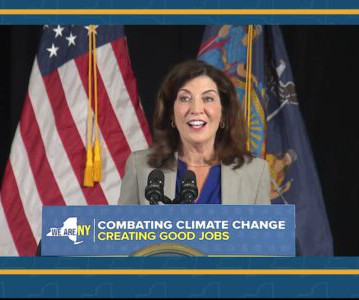
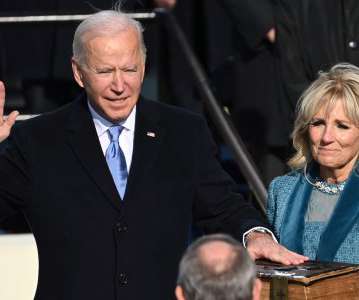















Let's personalize your content